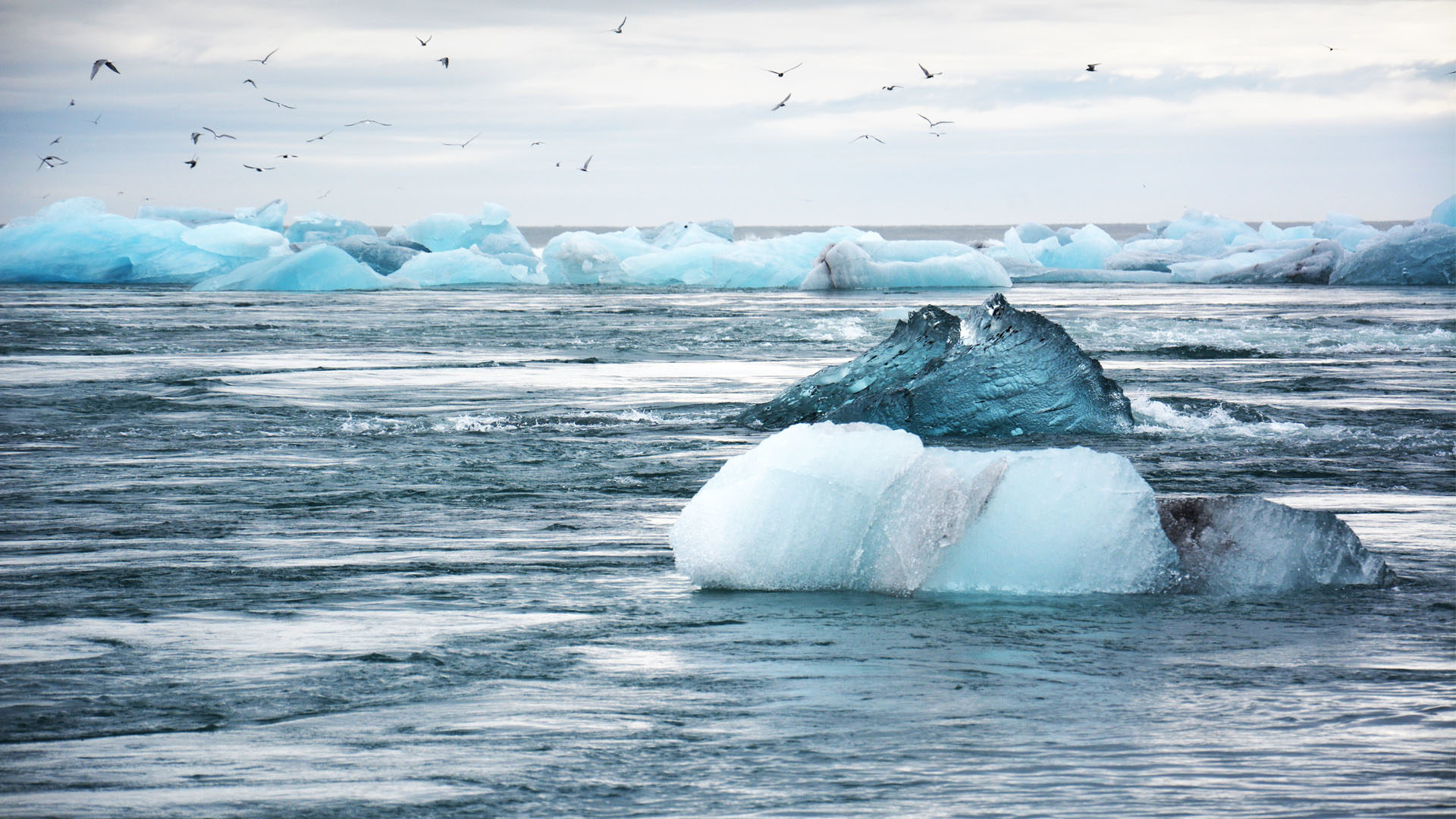
We are inundated with images of the planet in crisis – fires in Australia, deforestation in Brazil, flooding across the UK, ocean gyres of plastic. We hear about global temperatures hurtling towards the 1.5°C ‘no return’ barrier. We see images of distressed marine life on TV documentaries. To make it worse, the issues seem to be a confused, overlapping thicket.
For example – we all want to reduce our reliance on plastics, but by switching to alternative materials, are we making things worse? A cotton shopping bag has a carbon footprint of between 130 to 180 times as much as a plastic one (1,2). So, if you use a plastic bag 5-6 times, you would have to use a cotton alternative nearly a thousand times before you are even at break-even point. And what does that say about the carbon impact of a cotton T-shirt?
The real issue here is not the materials themselves – both are incredibly useful and versatile materials. The problem is much deeper: our ‘single-use society’. Disposability has become an accepted part of our culture – founded on our collective laziness, short attention span and busy lives. While most of us have now woken up to the huge waste inherent in disposability, are we sufficiently aware of the carbon impacts of our actions?
Many cafes have now switched to compostable cups, but the waste stream for these is limited to industrial composting plants (and not all will accept them(3)). If the cups end up in landfill they will emit methane, which is 84 times more potent than CO2 (4). We all want to do something, anything – but how to know what’s best?
The first thing to realise is that although there are many intersecting issues, the really pressing one (as David Attenborough pointed out in Climate Change – the Facts), is climate change (5). In the face of what seems like an overwhelming and clearly global problem, it’s often difficult to know what we can do to make a difference. The obvious and well-reported personal changes that we can all make are:
But beyond this, as designers we can clearly have an impact in terms of the materials and processes we specify, and how we guide clients. To do this we need to educate ourselves on the carbon implications of design decisions. Find out where products come from and how they are made. Quiz suppliers on the carbon impact of the production chain. Be specific in what you ask and don’t get fobbed off with ‘greenwash’ – look for evidenced data in the answers. This is crucial if we are to make science-based changes to how we live.
Finally, and most importantly, get involved in changing policy and culture – campaign, protest, speak, write to your MP and act. Without carrots and sticks from policy-makers, the change we need may be too little, too late. But if we work together to make it so, landscape can be part of the solution.
References:
1. Life Cycle Assessment of grocery carrier bags February 2018, Ministry of Environment and Food of Denmark
2. Life cycle assessment of supermarket carrier bags 2011, UK Environment Agency
3. https://resource.co/article/how-recycle-biodegradable-coffee-cups-13020
4. https://www.edf.org/climate/methane-other-important-greenhouse-gas
5. https://www.bbc.co.uk/programmes/m00049b1
[This was originally published as an article in the Garden Design Journal in March 2020 as part of the ‘Just Saying’ series.]